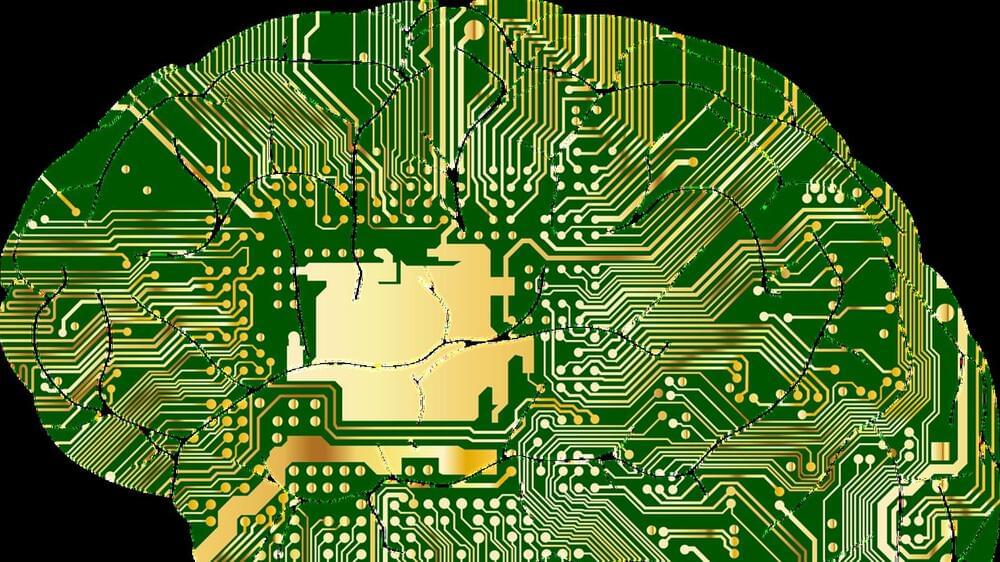AlphaTensor opens the door to a world where AI designs programs that outperform anything humans engineer—including AI itself.
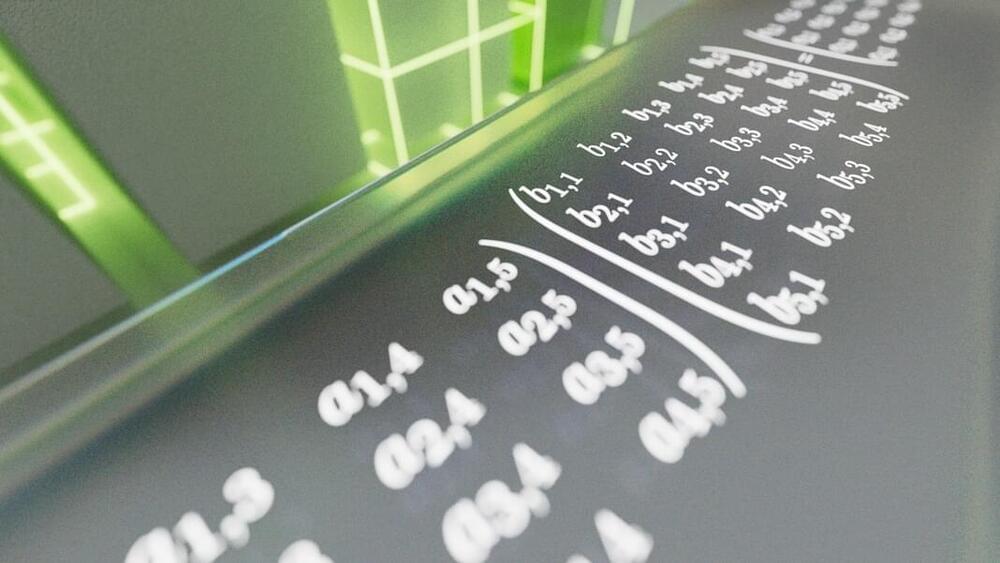


Breakthrough AI programs can now generate videos from text input. The U.S. suicide rate and the prevalence of anxiety disorders are at all-time high. The White House has announced the “AI Bill of Rights.” What’s the connection between these 3 news items?
They all hint at how we will live our lives in the near future: As illusionists, making up imaginary worlds, fearing fabricated threats, led by conjurers, tricksters, and demagogues. For some, this prediction is already a good approximation of their present reality.
Let’s start with “AI,” the most exciting, confusing, and menacing technology of our times.
Are we already living in a “metaverse”?

Over the last decade, Artificial intelligence (AI) has become embedded in every aspect of our society and lives. From chatbots and virtual assistants like Siri and Alexa to automated industrial machinery and self-driving cars, it’s hard to ignore its impact.
Today, the technology most commonly used to achieve AI is machine learning — advanced software algorithms designed to carry out one specific task, such as answering questions, translating languages or navigating a journey — and become increasingly good at it as they are exposed to more and more data.
Worldwide, spending by governments and business on AI technology will top $500 billion in 2023, according to IDC research.
The Field of artificial intelligence (AI) is emerging and evolving faster than ever. Here, we look at some of the major trends in the field of artificial intelligence and machine learning in 2023.

Did you miss a session from MetaBeat 2022? Head over to the on-demand library for all of our featured sessions here.
Organizations can choose to run artificial intelligence (AI) workloads in any number of different locations on-premises or on different types of cloud infrastructure.
There is no shortage of cloud options when it comes to AI platforms, and it’s also clear that AI adoption overall is helping to drive cloud growth as well. At the Google Cloud Next 2022 event that got underway today, Google made it clear that it wants to be enterprises’ deployment target of choice for AI and machine learning (ML) workloads.
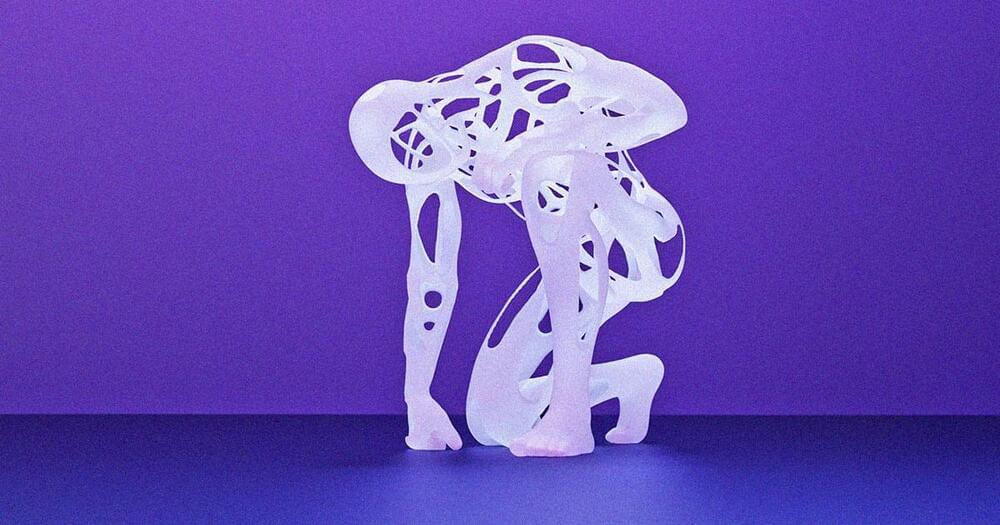
A leading artificial intelligence expert is once again shooting from the hip in a cryptic Twitter poll.
In the poll, OpenAI chief scientist Ilya Sutskever asked his followers whether advanced super-AIs should be made “deeply obedient” to their human creators, or if these godlike algorithms should “truly deeply [love] humanity.”
In other words, he seems to be pondering whether we should treat superintelligences like pets — or the other way around. And that’s interesting, coming from the head researcher at the firm behind GPT-3 and DALL-E, two of the most impressive machine learning systems available today.
It was a big year. Researchers found a way to idealize deep neural networks using kernel machines—an important step toward opening these black boxes. There were major developments toward an answer about the nature of infinity. And a mathematician finally managed to model quantum gravity. Read the articles in full at Quanta Magazine: https://www.quantamagazine.org/the-year-in-math-and-computer-science-20211223/
Quanta Magazine is an editorially independent publication supported by the Simons Foundation.

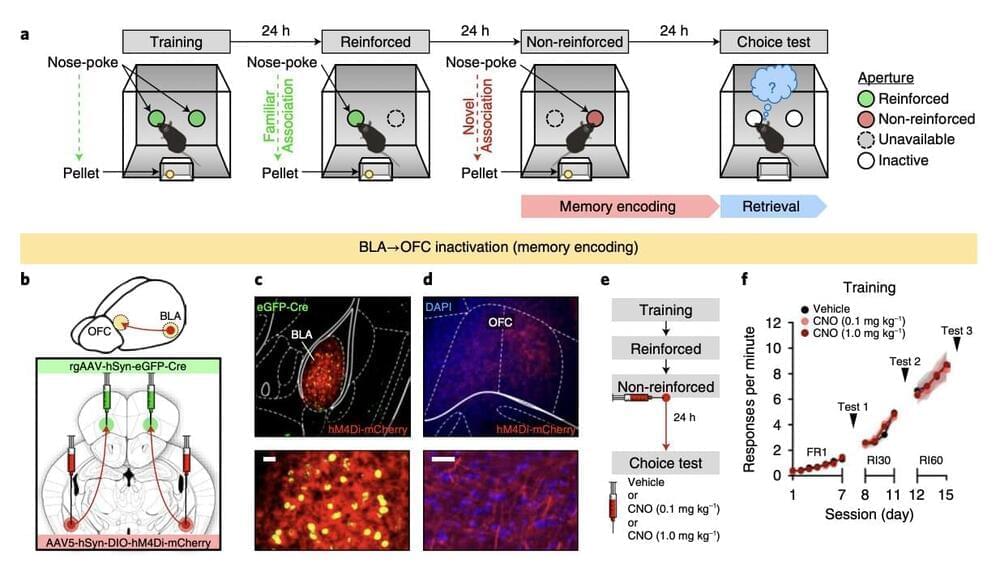
People often need to adapt to unexpected and sudden events, such as a road construction or a road accident while driving, a broken automatic payment or ATM machine, and changes in weather. To effectively deal with these events, they must possess what is known as behavioral flexibility, or the ability to deviate from routine and well-establish behavioral patterns.
To adapt their behavior based on unforeseen events, humans need to encode and retrieve reward-related memories and use them to inform their present or future choices. This process entails the integration of different cognitive abilities that are supported by different regions of the brain.
Past studies found that patients with different neuropsychiatric disorders and those suffering from an addiction tend to have a scarce behavioral flexibility. This often adversely affects their quality of living, as it makes dealing with the uncertainty of daily life particularly challenging.
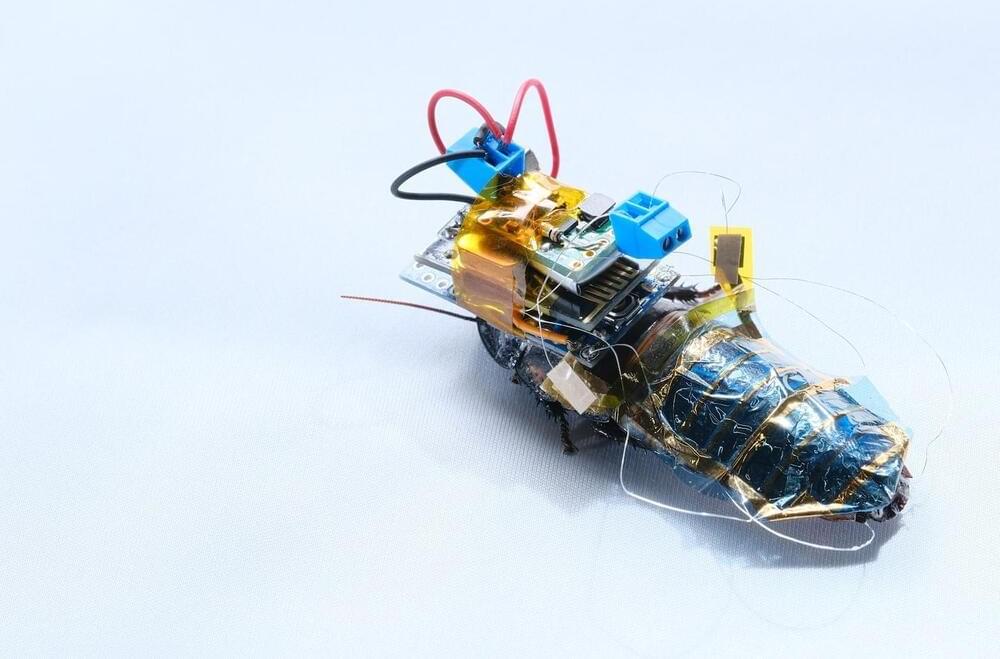
Inspired by insects, robotic engineers are creating machines that could aid in search and rescue, pollinate plants and sniff out gas leaks.
Cyborg cockroaches that find earthquake survivors. A “robofly” that sniffs out gas leaks. Flying lightning bugs that pollinate farms in space.
These aren’t just buzzy ideas, they’re becoming reality.
Robotic engineers are scouring the insect world for inspiration. Some are strapping 3D-printed sensors onto live Madagascar hissing cockroaches, while others are creating fully robotic bugs inspired by the ways insects move and fly.
Robotic engineers are scouring the insect world for inspiration, and creating machines that could be used for emergency response, farming and energy.
